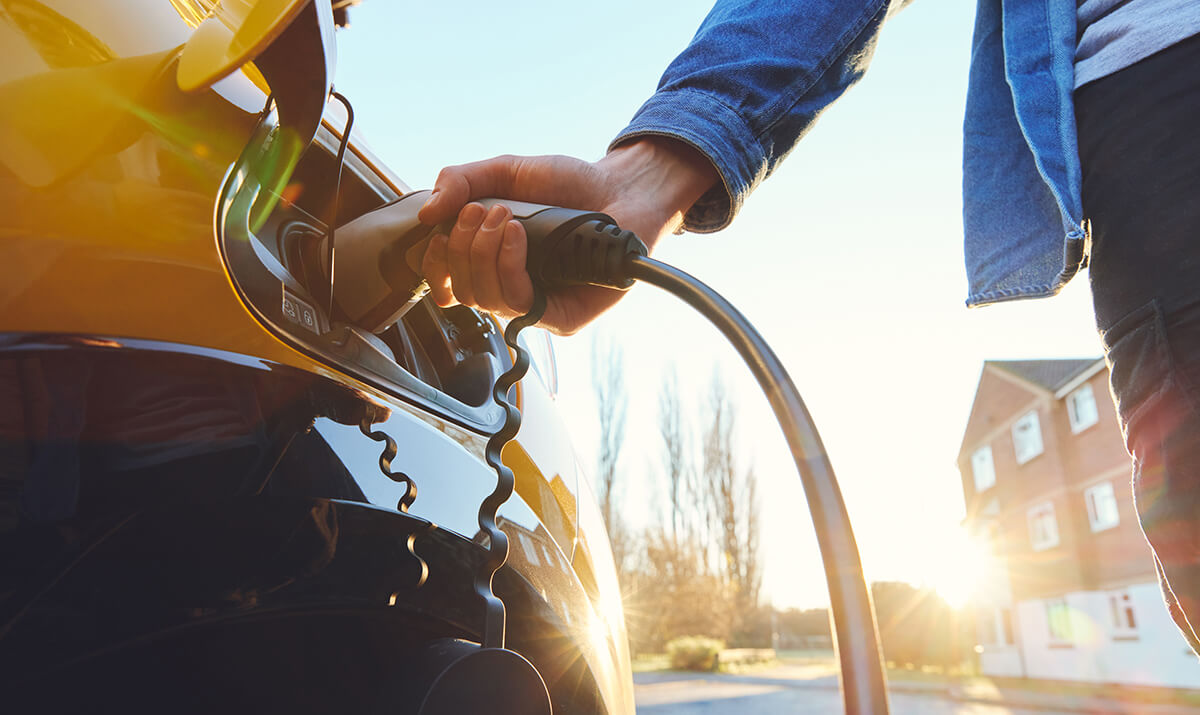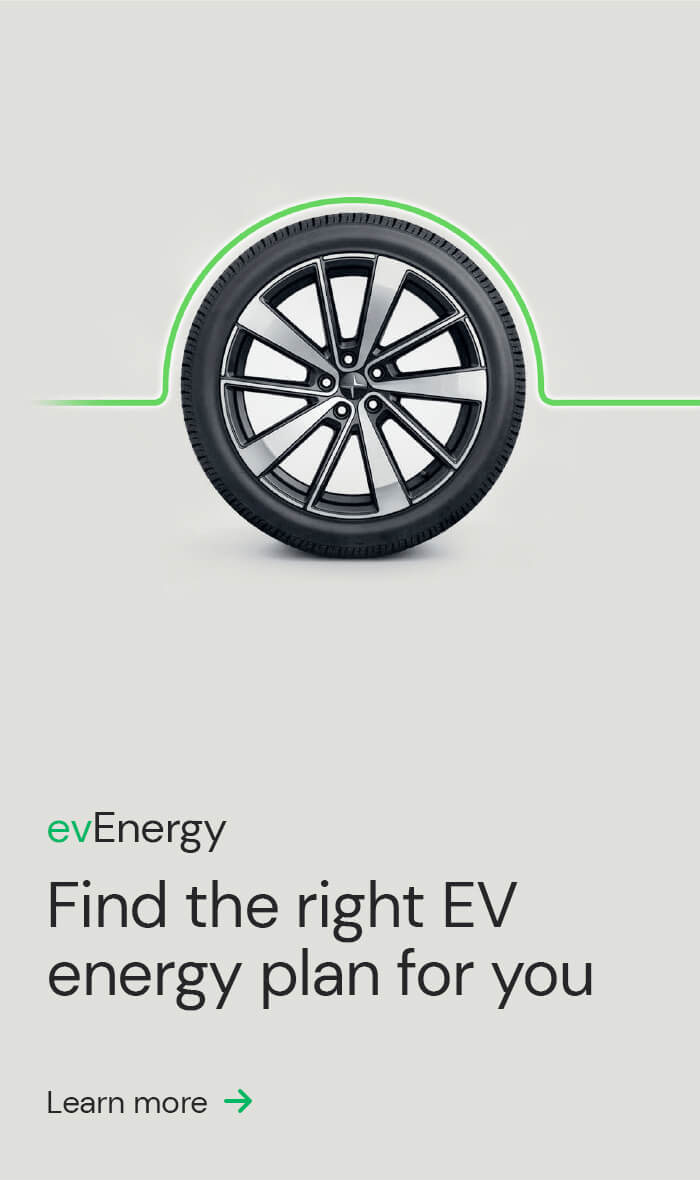Whether you’re an EV owner or thinking about making the switch, you’ll be pleased to know their minimal maintenance requirements are an attractive benefit – right up there with lowering emissions and cheaper running costs. Since EVs have fewer moving parts compared to internal combustion engine (ICE) vehicles, you’ll find those trips to the mechanic pleasingly infrequent.
That said, electric vehicles still need upkeep to ensure their motors are running in tip-top condition. From battery best practices to handling your EV with care, here’s how to keep your EV running smoothly and always ready for action.
Be kind to its battery and follow battery best practices
The heart of any EV is its battery pack, so maintaining battery health will elevate overall performance. When driving, try to avoid deep discharges. While EV batteries are designed to handle daily charging, deep discharges can impact battery life. Aim to keep the battery level between the manufacturer’s recommendations. A general rule of thumb is between 20% and 80% for regular use.
Take advantage of your car’s regenerative braking system. Regenerative braking converts kinetic energy back into the battery during deceleration and can save up to 75% of the energy that would be wasted through conventional braking. Even when not in use, it’s important to regularly drive your EV to prevent the battery from staying at very high or low states of charge for extended periods, which can impact battery health.
Use fast chargers sparingly and opt for slow or Level 2 charging at home when possible. Doing so can extend battery life by reducing heat generation during charging. When charging on the go, park your EV in a shaded area during hot weather when possible and use climate control to precondition the battery in cold conditions. Extreme cold and hot temperatures can affect battery efficiency.
Check and change your fluids
Even though EVs have fewer fluid systems compared to traditional ICE vehicles, staying on top of these fluid checks and changes will increase your car’s longevity. Fluids that need inspecting include the coolant level in the cooling system, the brake fluid level, the windshield washer fluid and possibly the transmission fluid.
Coolant and brake fluid levels should be checked and changed every six to twelve months. It is best practice to follow the manufacturer’s recommendations for replacement intervals. If the brake fluid runs low, it can impact the efficiency of regenerative braking. To maintain clear visibility, a good habit is to check the windshield washer fluid level every month, especially before embarking on a long journey.
Some EVs require transmission fluid, while others do not. You can typically check in your car’s manual to see if yours does. Many manufacturers recommend changing the transmission fluid around every 16,000km however, always refer to your car’s unique instructions.
Give it a spa-like pampering
Keeping your EV well-groomed isn’t just so it looks pretty, it also helps to maximise efficiency and performance, while extending your car’s lifespan. Park somewhere shaded and give it a clean by using a pH-neutral car wash soap with water in a bucket. Rinse thoroughly and dry with a microfibre towel. Vacuum the interior regularly to ensure good air quality.
Try to keep your EV’s software up to date to enjoy performance enhancements and improvements. Stay alert for software updates provided by your car manufacturer and follow the recommended installation procedures.
Inspect your tyres regularly, keeping an eye out for tell-tale cuts, bulges or punctures. You can check the tread depth using a tread depth gauge or the built-in tread wear indicators. Monitor your tyre pressure and keep them inflated to the manufacturer-recommended pressure to minimise rolling resistance and improve range.
Summary
- Employ battery best practices like avoiding deep discharges, limiting rapid charging, charging in the shade and using the car’s regenerative braking system.
- Check and change your EV’s coolant, brake, windshield, washer, and transmission fluid as required.
- Keep your EV in tip-top condition with regular washes using a pH-neutral car wash, update software when it’s available and regularly check your tyres so you can identify and fix any issues.
- Always refer to the owner’s manual from the manufacturer before making any changes that could affect your EV.
Are you considering making the switch to an electric vehicle? ActewAGL can help you effortlessly find, finance and charge your EV. Discover how ActewAGL can support your transition to sustainable driving today. Find out more here.
Sources
https://www.makeuseof.com/what-is-regenerative-braking/
https://www.sae.org/news/2020/10/tire-pressure-impact-on-ev-driving-range



